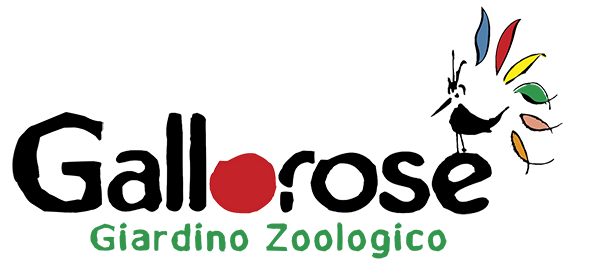The role of the modern Zoological Garden can be defined in three actions: conservation, education and research.
Conservation is implemented by Zoological Gardens in two methodologies, which are named in-situ and ex-situ conservation.
In-situ conservation, on the part of Zoological Gardens, is implemented through collaborative agreements with associations and agencies that work to safeguard animal species directly in their range of origin. Zoological facilities take on the role of ambassadors of such projects through direct financing of them and through publicizing their work to visitors, so as to make them aware of the importance of the work they do and educating them to contribute directly to it.
Ex-situ conservation is implemented with the collective work of Zoological Gardens within a network of cooperation at the national and international levels, which allows them to contribute to the reproduction and conservation of the destination species that are housed in the parks.
This network is managed by EAZA, the European Association of Zoos and Aquariums, formed by Zoological Gardens with the highest standards of welfare for the animals housed that coordinate their efforts to conserve species and the natural environment. To achieve the conservation mission, EAZA has established two types of conservation programs:
These programs operate, with the collaboration of all zoological facilities, in the area of ex-situ conservation.

